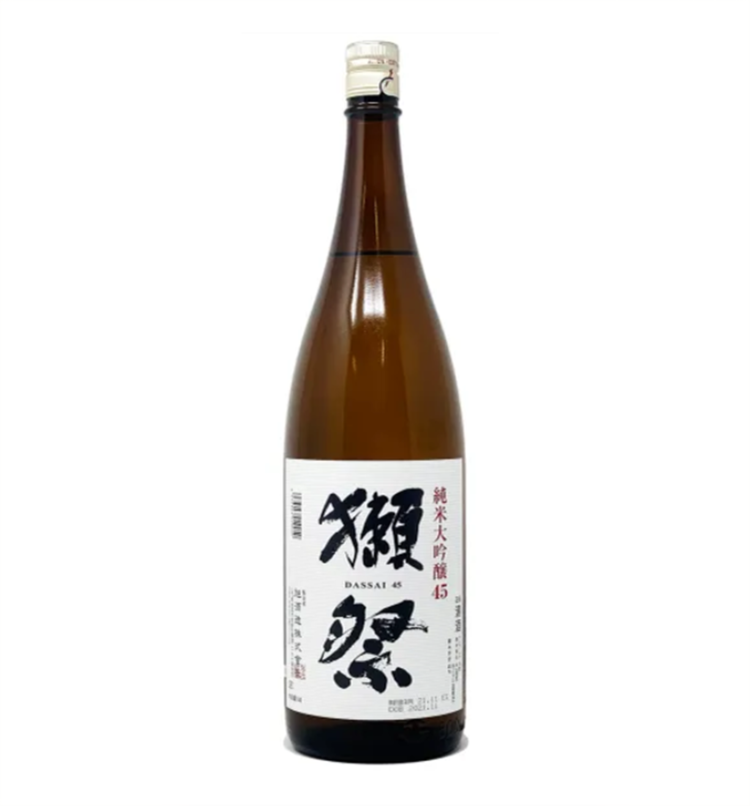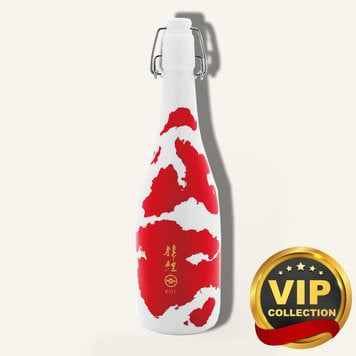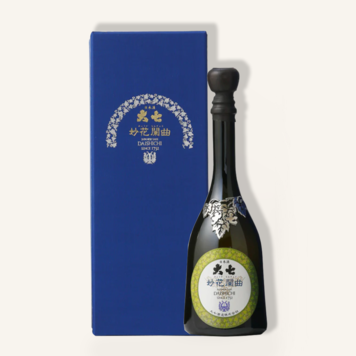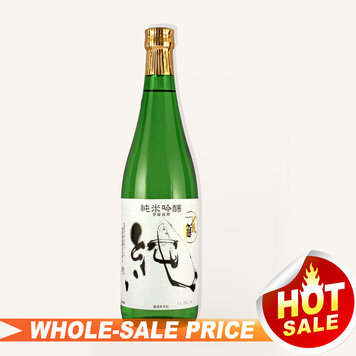| Brand | Dassai |
| Region | Japan |
| Spirits Type | Sake |
| Spirits Style | Junmai Daiginjo |
| ABV | 16% |
Product details
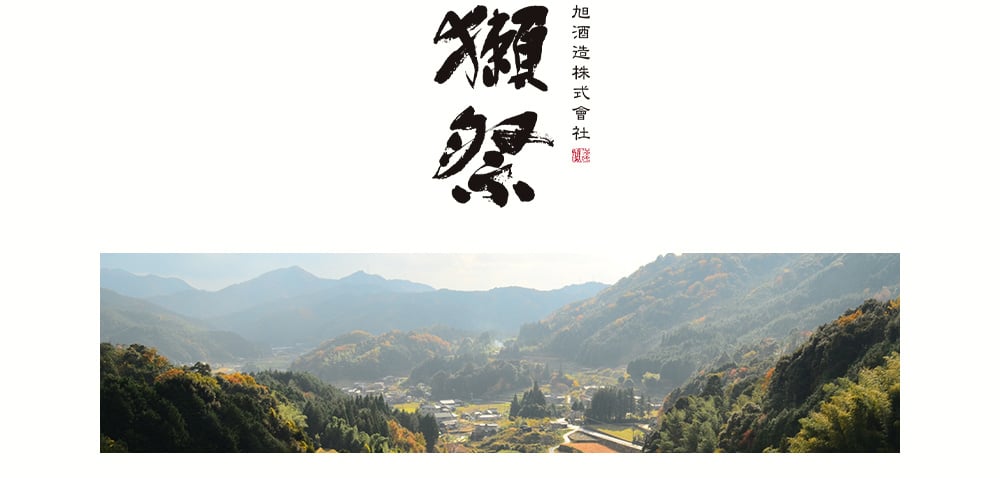
Dassai 45 is a great product through which to enter the world of Dassai. As with all their sakés, the brand's commitment to excellence is key. This saké is the perfect accompaniment to all kinds of dishes. Rich, structured, and full-flavored, it goes beautifully with white meat and other poultry. “There is no reason for us to craft sake unless it’s super delicious.”, this is the Dassai way. Using Yamada-Nishiki rice polished down to 45%, we deliver fruit aromatics and delicate sweetness.
Asahi Shuzo Co., Ltd., the maker of Dassai with a 200-year history, is known for constantly reinventing itself to adapt to modern challenges. Since the turn of the century, they have committed themselves to the premium junmai daiginjo category, leading the sake industry to worldwide recognition. Using the “king of sake rice,” Yamadanishiki, their sake exemplifies the modern, delicate, floral brew to be enjoyed chilled in a wine glass. Their naming of Dassai “45,” "39,” and “23” refers to the rice polishing ratio (the remaining percentage of rice after polishing), with Dassai “Beyond” being the ultimate expression of premium sake.
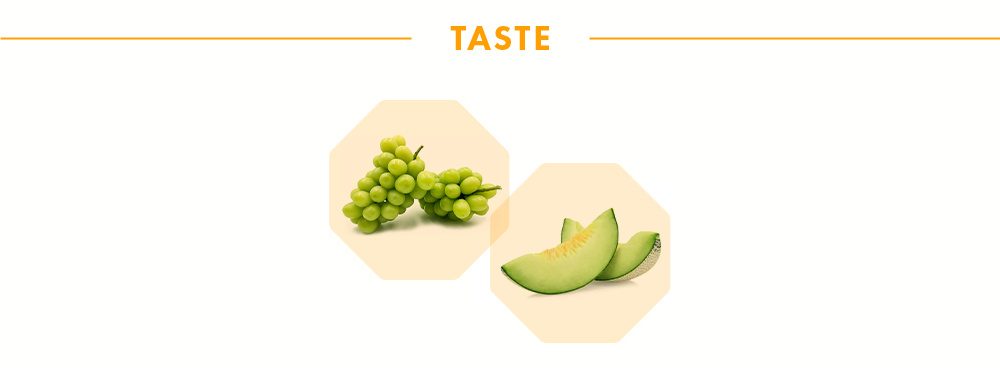
Chewy and full of body. Light honeydew aromas with the subtle sweetness of muscat grapes complemented by an undercurrent of crisp dryness.
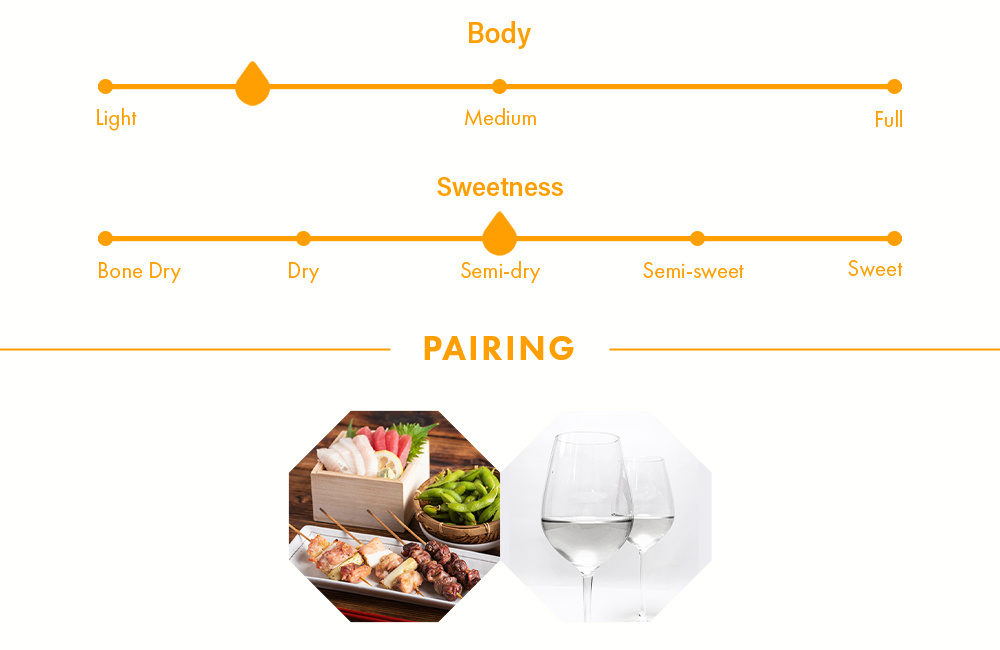
Pairs easily with anything: chicken wings, grilled fish, yakitori, or sushi. A small wine glass is recommended to enjoy the aroma, and a wide cup is recommended if enjoyed with strong-smelling snacks.
The best serving temperature is 10 to 12 °C (50 to 54 °F).
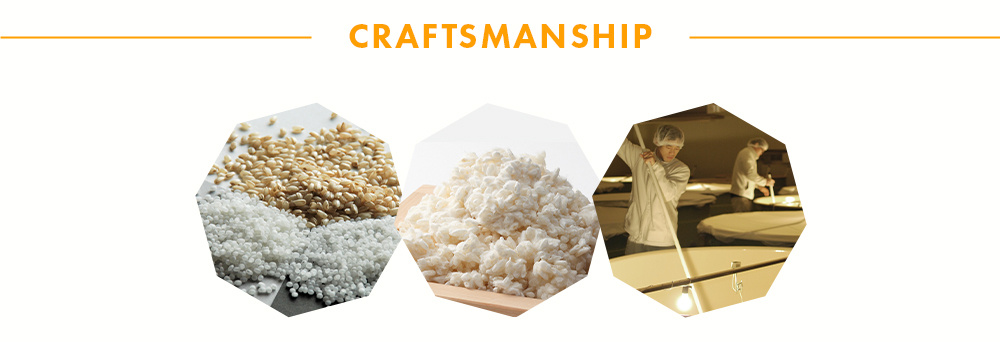
Through crises and difficulties, Asahi Shuzo has carefully innovated its unique way of brewing sake. After the rice is polished and brought into the sakagura, it loses a great deal of moisture due to the frictional heat of the polishing process, which takes up to 144 hours.
A suitable rice for fermentation would need to maintain its enzymatic power during the long 45-day fermentation period. So, it is necessary to make steamed rice that is hard on the outside and soft on the inside. Making koji is the most important task in sake crafting; keeping the yeast suitably supplied with glucose allows for optimal control of the sake fermentation speed.
All of their moromi (i.e., fermenting mash) are fermented at low temperatures for a long time, just as other producers would do for a special craft, for example, participating in a sake competition.



